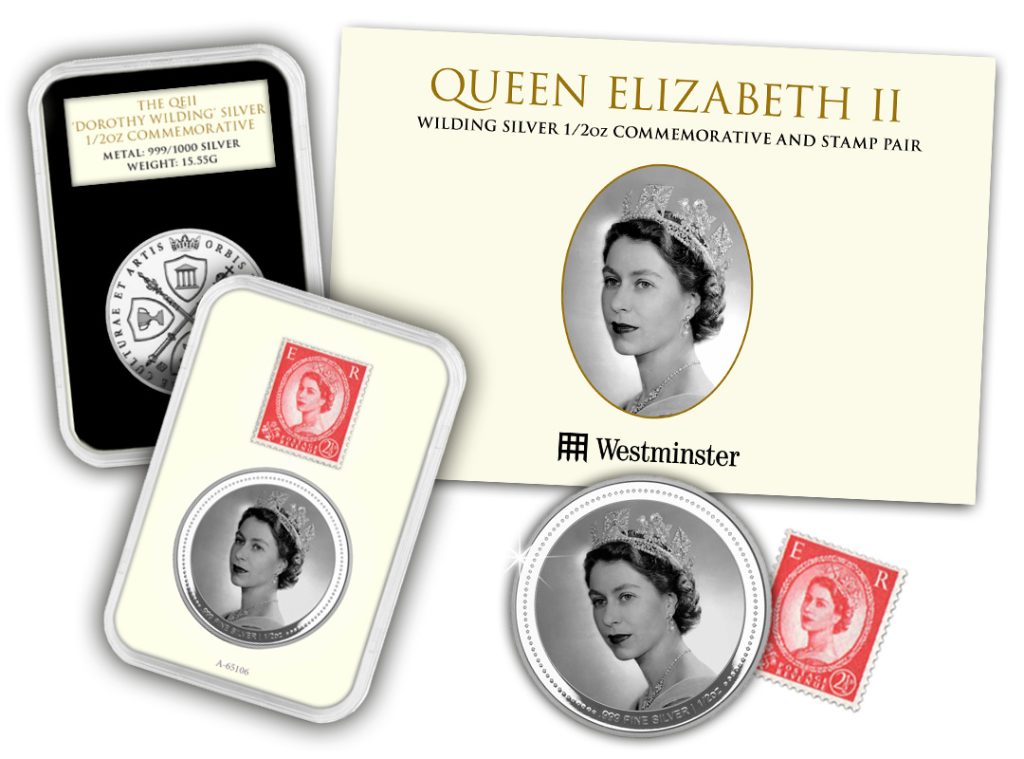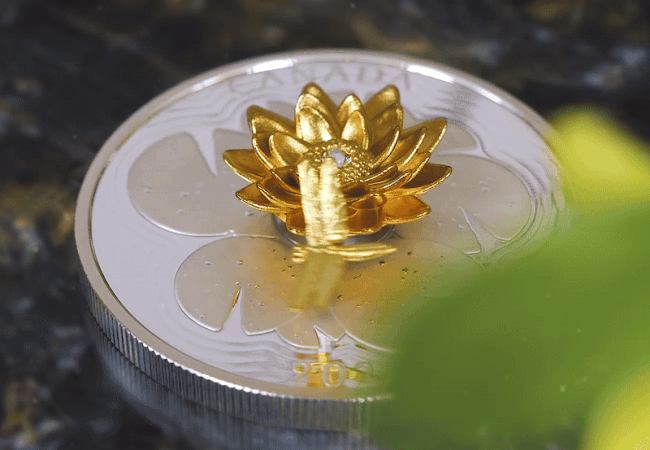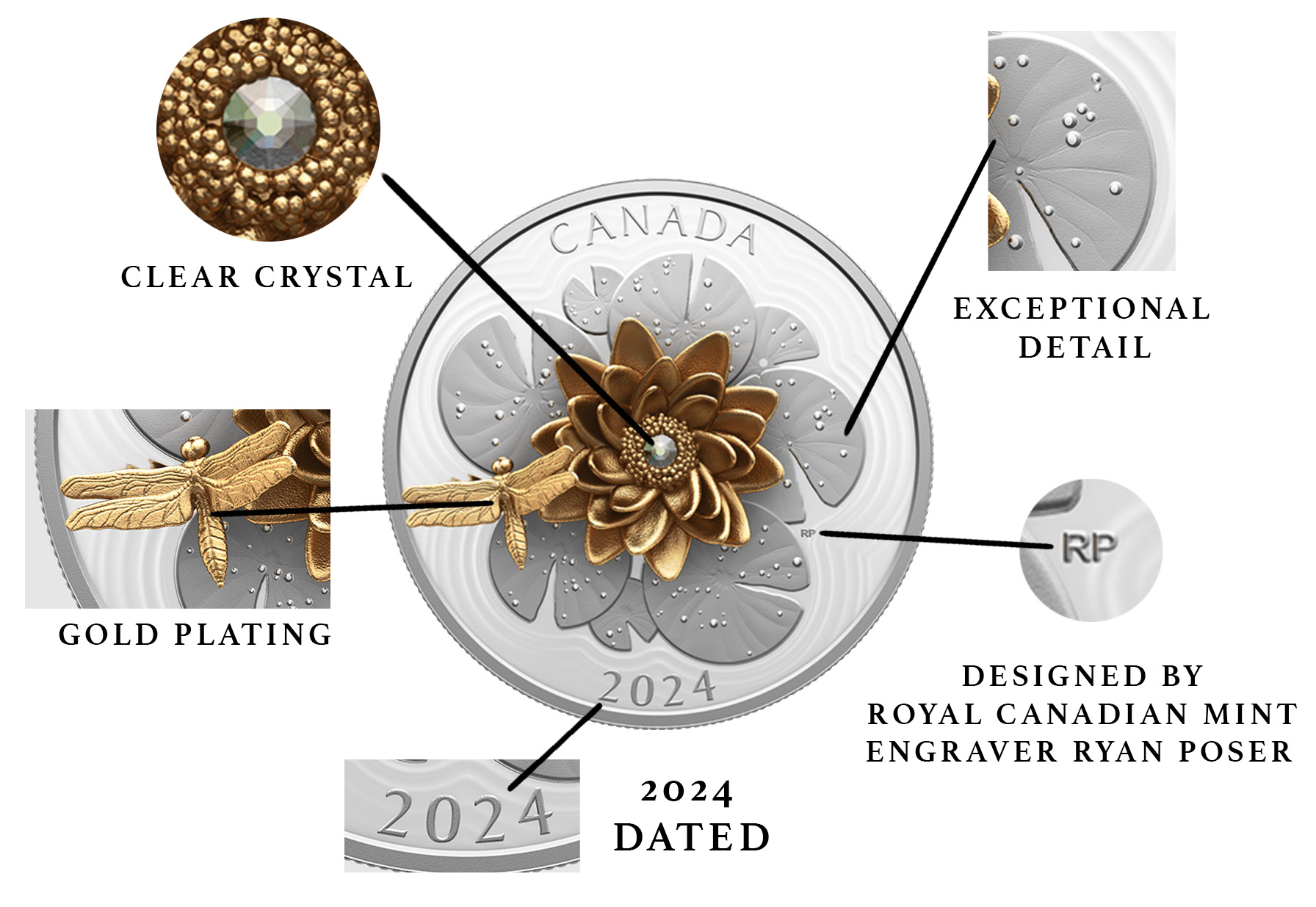Coins
Honouring Dorothy Wilding: The Visionary Behind Queen Elizabeth II’s Iconic Portraits
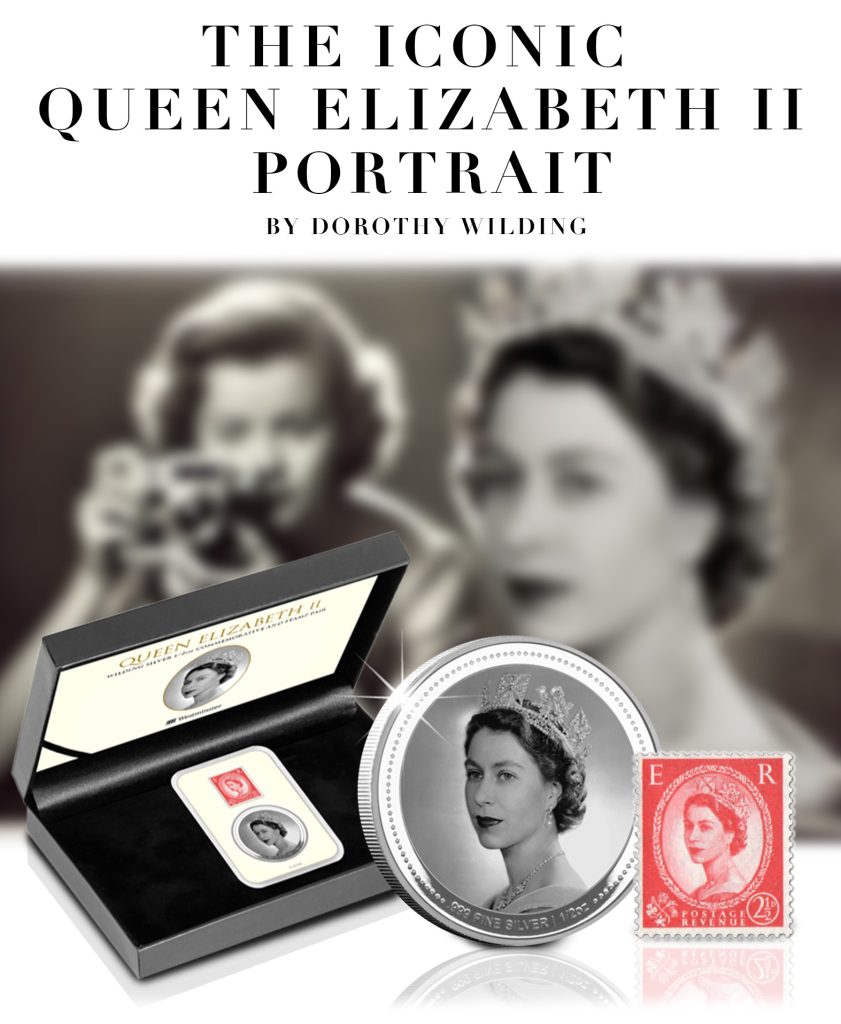

Dorothy Wilding, a name synonymous with timeless elegance and photographic mastery, played a significant role in shaping the image of one of the world’s most recognised monarchs: Queen Elizabeth II. Known for her simple yet striking photographic style, Wilding’s portraits of the Queen became the foundation for a new era of royal imagery.
In early 1952, just twenty days after Queen Elizabeth II’s accession to the throne, Wilding was granted the honour of conducting the first official photographic sitting. The Queen’s new role demanded an image that would grace coins, banknotes, and stamps, becoming a lasting symbol of her reign. Wilding, already experienced as a royal photographer, had previously captured official portraits at King George VI’s Coronation in 1937 and had been awarded the first Royal Warrant for a female photographer in 1943.
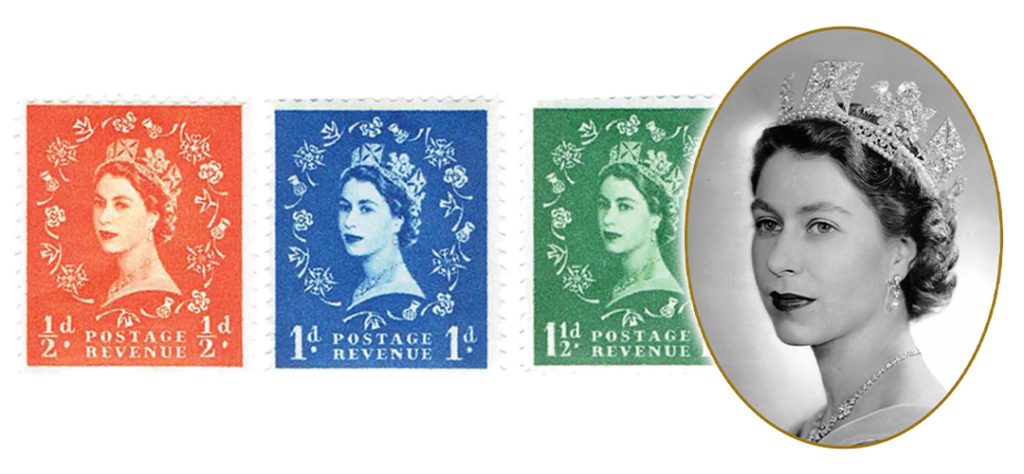
On February 26, 1952, Wilding photographed the young Queen wearing magnificent Norman Hartnell gowns and royal jewelry, such as the Diamond Diadem and the Girls of Great Britain and Ireland tiara. With an elegant simplicity, she utilized plain black and white backdrops, drawing all attention to the poise and grace of her subject. Out of the fifty-nine images taken during that session, one particular portrait became an icon. This three-quarter bust image of the Queen was selected for the 2½ pence stamp, released for the 1953 Coronation. The first stamp to depict Elizabeth II featured this portrait, and these stamps became commonly known as “Wildings.” The Queen’s head is turned slightly towards the viewer in a three-quarter profile, adding to the elegance of Wilding’s work.
For the ½d, 1d, 1½d, and 2d value stamps, the portrait was adorned with a decorative floral design created by Enid Marx. When we say a stamp has a value in “d,” this means its value in pennies. For example The notation “1½d” refers to one and a half (1.5) old pence. The “d” stands for “denarius,” a term used in pre-decimal British currency to denote pennies. Before 1971, the UK used pounds, shillings, and pence, with 12 pennies to the shilling and 20 shillings to the pound, totaling 240 pence in each pound. The currency change in the 1970s, known as decimalisation, significantly impacted stamps.
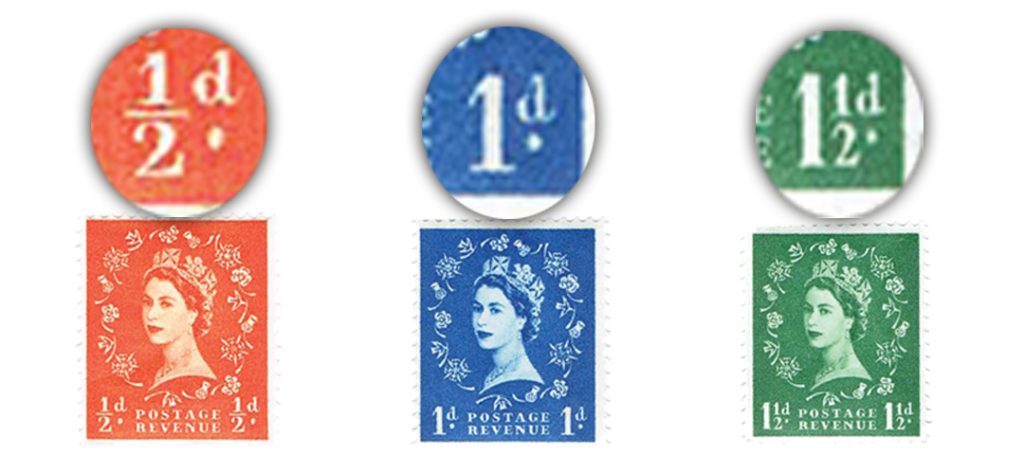
The stamps featuring this iconic portrait remained in circulation until 1971, and the photograph itself was hung in British Embassies around the world. Wilding’s work not only captured the Queen’s regal aura but also set a precedent for how the monarchy was represented on currency and official memorabilia. Her artistry continues to be celebrated and remembered as a key component of Britain’s visual heritage.
Introducing the Dorothy Wilding Silver Commemorative and Postage Stamp Set
To honour the legacy of Dorothy Wilding and her contribution to royal history, we are excited to present the First Dorothy Wilding Silver Commemorative and original postage stamp set. This exclusive offering celebrates the artistry of Wilding and the iconic image of Queen Elizabeth II that shaped an era.

This set features a beautifully designed half-ounce pure silver commemorative, adorned with an officially licensed portrait of Queen Elizabeth II by Dorothy Wilding. The striking image is courtesy of the National Portrait Gallery, London, and reflects the timeless elegance that made Wilding’s photographs so celebrated. The commemorative captures the Queen’s grace and the iconic simplicity of Wilding’s style, making it a collector’s treasure.
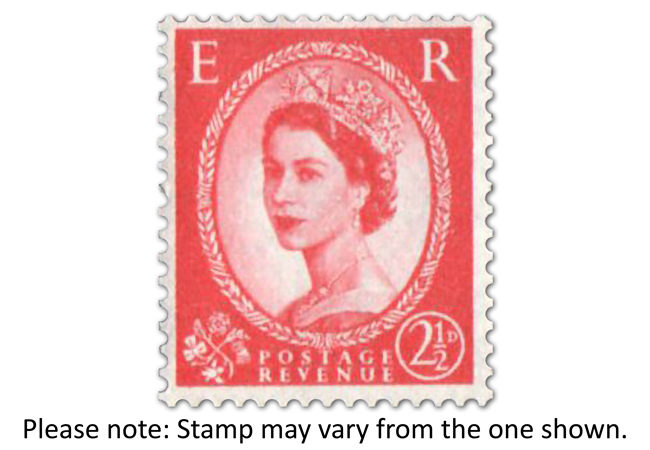
Accompanying the commemorative is an authentic Dorothy Wilding postage stamp, carefully selected from the 1952–1968 period. These stamps, available in vibrant colours and various denominations, offer a glimpse into the era when Wilding’s portraits of the Queen became a part of everyday British life.

But a limited quantity of just 250 sets being released this year, you will need to be quick to secure yours before they are all gone.
This exclusive collectible not only commemorates the artistry of Wilding but also celebrates the enduring legacy of Queen Elizabeth II. Each set includes a Certificate of Authenticity, affirming its place in history and the prestige of owning such a meaningful piece of royal heritage.
The Dragonfly and the Bloom Fine Silver Proof Coin: A Touch of Magic
Imagine capturing the beauty of a dragonfly hovering over a bloom on a sunny day. The Dragonfly and the Bloom Fine Silver Proof Coin brings this enchanting scene to life with an interactive design that lets you experience nature’s elegance every time you hold it.
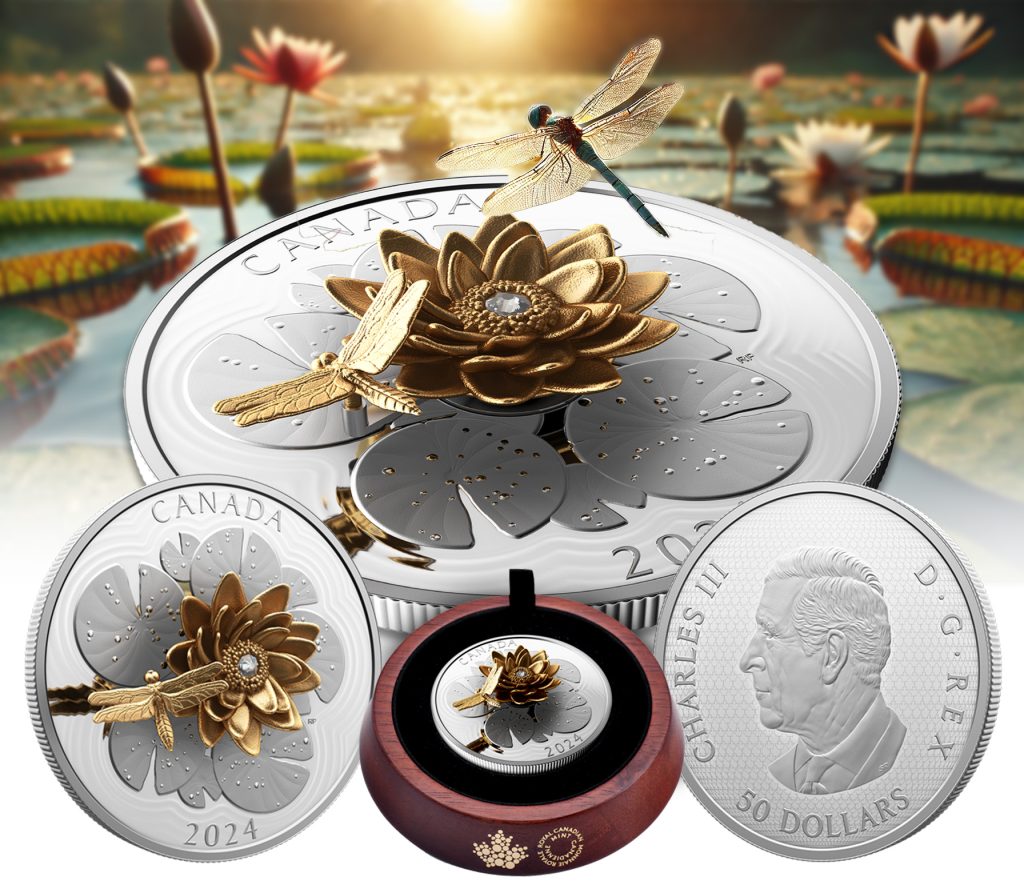
A Coin That Moves With You
This 2024 movement coin features a gyroscopic design—tilt the coin, and the dragonfly circles around the golden bloom! Crafted from sterling silver and plated in yellow gold, the dragonfly and bloom are meticulously detailed to evoke sunlit warmth. The bloom’s center sparkles with a clear crystal, mimicking a dew drop glistening in sunlight.
Exceptional Realism and Golden Details
The coin’s intricate engraving draws viewers into a serene moment: ripples spread across the mirror-like “water” surface, with delicate water droplets adding depth. Both the dragonfly and bloom are cast in 3D and plated in yellow gold, but subtle variations in the finish enhance the realism. The inward curves of the flower petals soften the light, while the dragonfly’s wings and body shine brightly, catching the light in a way that beautifully contrasts with the bloom.
With 5 oz. of 99.99% pure silver and a generous 65.25mm diameter, the coin provides an expansive canvas. The backdrop depicts lily pads floating on rippling water, all polished to a beautiful proof finish. Each coin is truly a miniature work of art.
Limited and Exclusive
Only 1,250 of these coins were minted, and with the Royal Canadian Mint sold out, just 50 are available exclusively to UK collectors through Westminster. Each coin comes on a wooden base under a protective dome, accompanied by a certificate of authenticity.
Secure yours with a deposit of just £82.50 and bring a piece of magic to your collection.
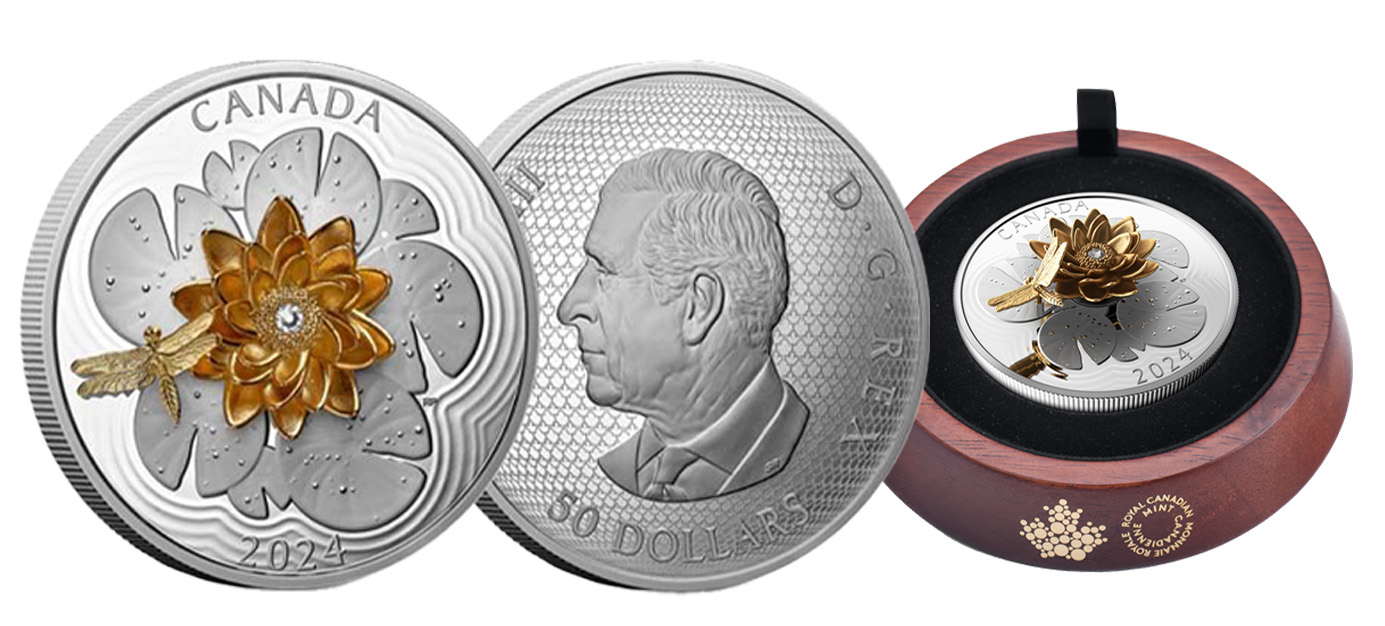
Embrace this enchanting piece and hold onto its beauty all year round!
Step into Tudor History: The Wives of Henry VIII Colour BU 50p Set – Limited Edition, 70% Sold!
Offer Ending Soon: £15.00 Saving on Pre-Orders – Ends 13th November 2024
Prepare to immerse yourself in the dramatic story of Henry VIII, the formidable king whose reign transformed England forever. Known for his larger-than-life personality, relentless pursuit of an heir, and ruthless actions that reshaped the nation’s religious and political landscape, Henry’s legacy continues to captivate. Now an exclusive set of six official new 50p coins has been released to commemorate the life and fate of his six unfortunate wives – and each 50p set includes a FREE King Henry VIII commemorative, capturing the powerful monarch in striking detail.

Authorised by Buckingham Palace, this set offers a window into the most infamous chapter in Tudor history, depicting each of Henry’s wives with vibrant colour detailing. Only 750 of these Brilliant Uncirculated colour specification sets will ever be available, and with over 70% of the sets already sold, the excitement is palpable.
This exclusive pre-release opportunity for Westminster Collectors offers a £15.00 saving, but only until 13th November 2024 or until the entire edition limit is allocated – whichever comes first.
The Six Wives of Henry VIII: The Women Behind the Throne
As the story of Henry VIII unfolded, six women shaped the Tudor court and influenced Henry’s decisions, each leaving her mark on history.
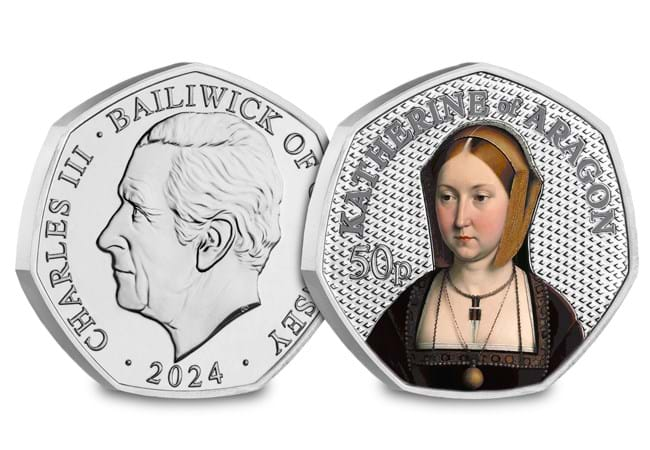
Katherine of Aragon (1485–1536)
Henry’s first queen and a Spanish princess, Katherine was determined to remain married despite her inability to produce a male heir. Her resistance led Henry to break from the Catholic Church, forever changing England’s religious landscape.
Anne Boleyn (1501–1536)
Henry’s fascination with Anne led to a legendary romance, the birth of Elizabeth I, and a dramatic fall from grace. When Anne couldn’t provide a son, Henry’s affection turned to fury, leading to her tragic execution.
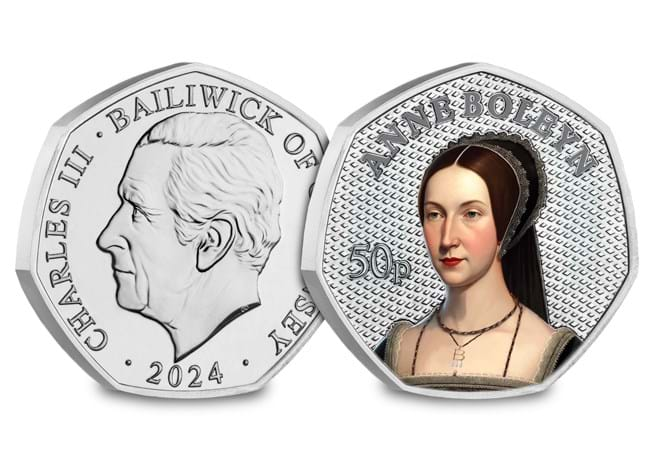
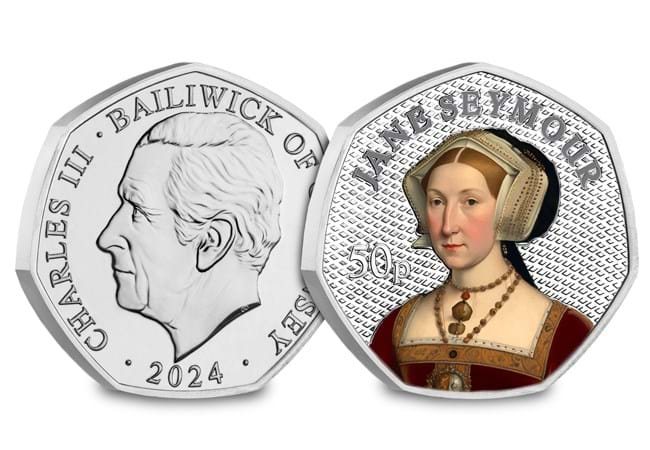
Jane Seymour (1508–1537)
The gentle Jane Seymour, Henry’s third wife, was the only queen to give him a surviving male heir, Edward VI. Tragically, she died shortly after childbirth, leaving Henry grieving.
Anne of Cleves (1515–1557)
Henry’s fourth marriage, arranged for political alliance, ended swiftly due to Henry’s dissatisfaction. Nonetheless, Anne was treated well post-annulment, living the rest of her life as the “King’s Beloved Sister.”
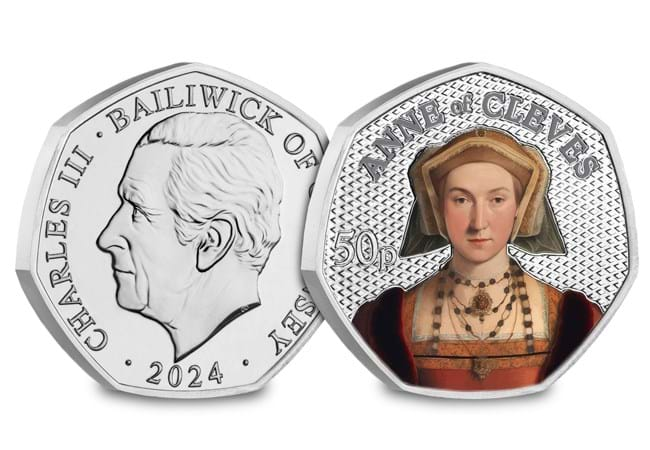
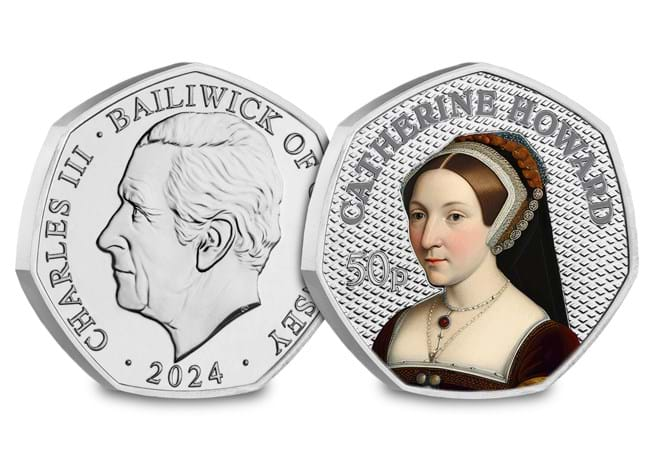
Catherine Howard (1523–1542)
Young and lively, Catherine Howard quickly captured Henry’s heart, but accusations of infidelity led to her swift execution—another victim of Henry’s ruthless resolve.
Katherine Parr (1512–1548)
Henry’s final queen, Katherine Parr, was a wise and compassionate woman who helped reconcile Henry with his children. Outliving him, she later remarried, marking her as a survivor of one of history’s most dangerous courts.
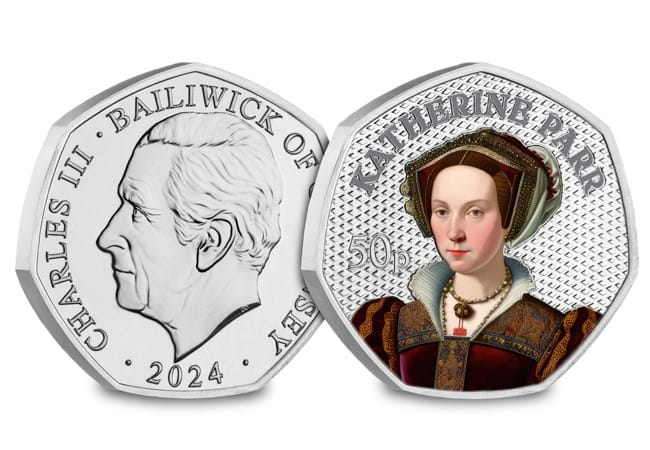
Limited Edition Collector Favourite: Brilliant Uncirculated Colour, Featuring King Henry VIII
This captivating set is not only a tribute to Henry’s six wives but also features a striking commemorative of Henry VIII himself. Detailed and powerful, this special piece captures the king’s formidable presence and complements the collection beautifully.
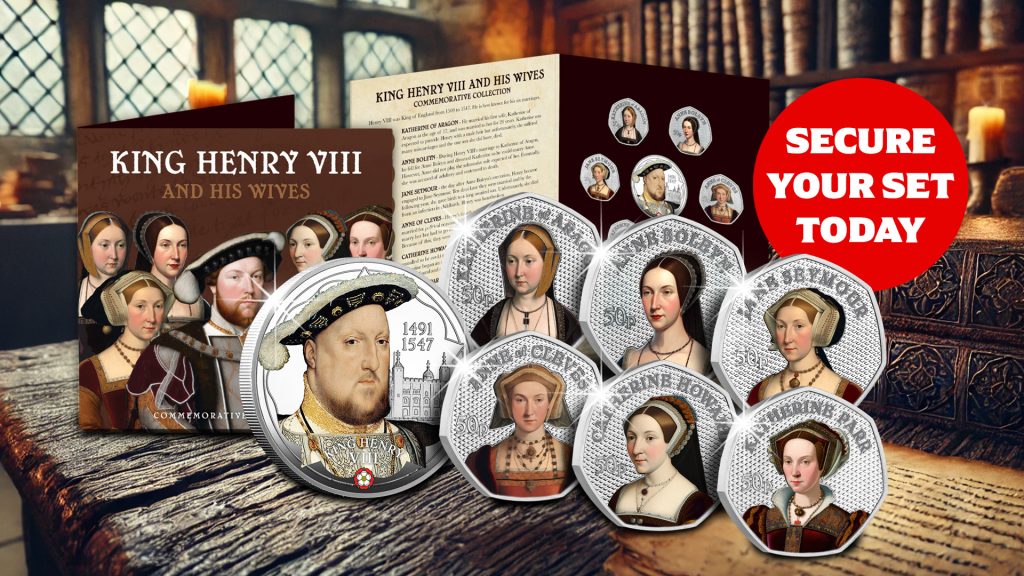
Each of the six 50p coins and the Henry VIII commemorative are presented in Brilliant Uncirculated Colour specification, bringing Tudor history to life in vibrant colour. Don’t miss your chance to own this limited edition set and take advantage of the £15.00 saving on pre-orders before 13th November.

